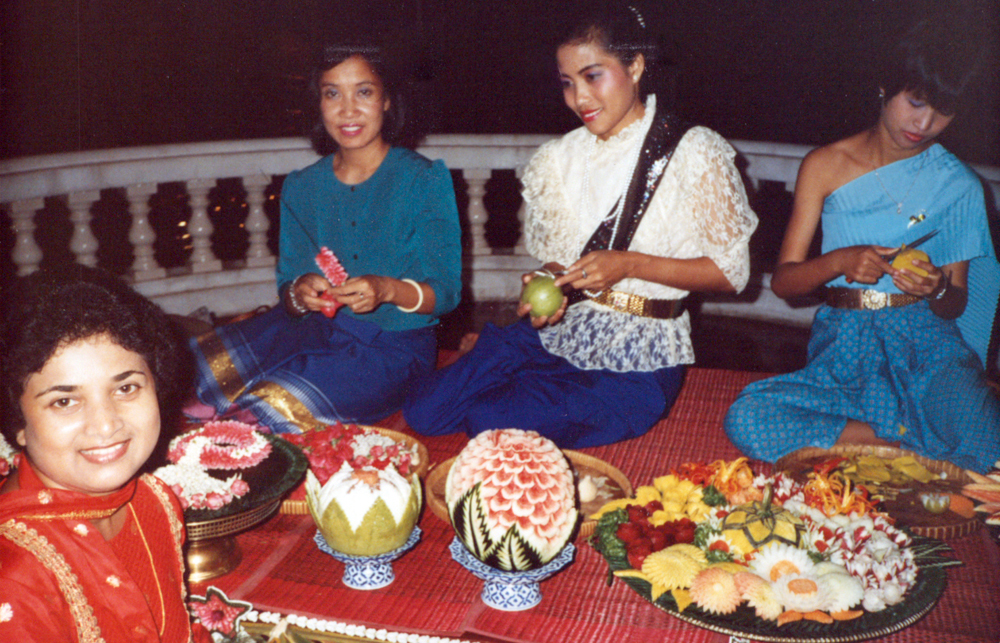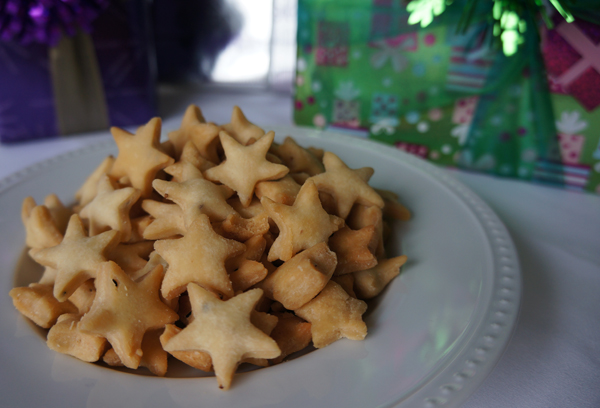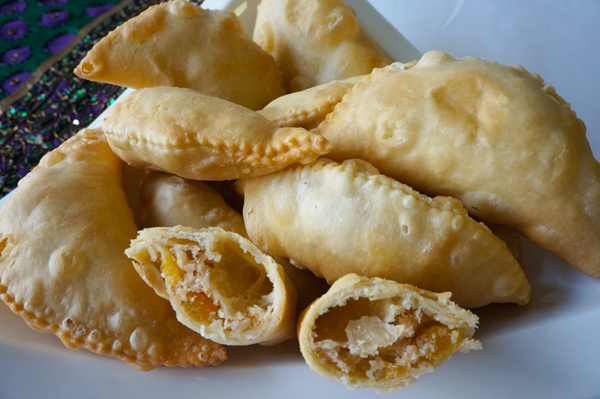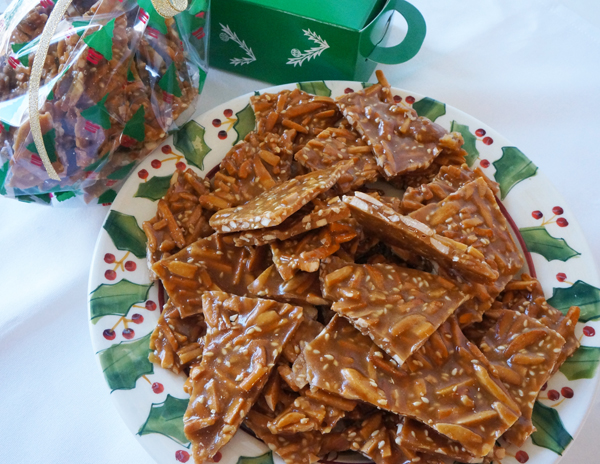 I love Fettuccine Alfredo. Every time I order it at an Italian restaurant, my kids tease me for not trying something new. I just like the fact that it takes only pasta, butter, cream, Parmigiano-Reggiano, salt, and pepper to create such a heavenly dish! In preparation for this recipe, I tested several from different magazines. After a few modifications, I have finally come up with this version that my kids and I think turned out the best.
I love Fettuccine Alfredo. Every time I order it at an Italian restaurant, my kids tease me for not trying something new. I just like the fact that it takes only pasta, butter, cream, Parmigiano-Reggiano, salt, and pepper to create such a heavenly dish! In preparation for this recipe, I tested several from different magazines. After a few modifications, I have finally come up with this version that my kids and I think turned out the best.
When I have unexpected guests, Fettuccine Alfredo is on my dinner menu. Its quick and requires ingredients you probably already have in your pantry and refrigerator. Serve it with thick slices of garlic bread and a hearty tossed salad. Try it and let me know what you think.
Fettuccine Alfredo
1 pound dried Fettuccine
1½ cups heavy cream
6 tablespoons unsalted butter
½ teaspoon salt
¼ teaspoon freshly ground black pepper
2 cups finely grated Parmigiano-Reggiano cheese
3 tablespoons pasta water
Fresh parsley for garnish, optional
In a saucepan, bring 1 cup heavy cream and butter to a simmer over medium heat. Reserve ½ cup of the cream for later. Lower the heat and simmer gently until the milk and butter mixture reduces to ½ cup. It will take about 15 minutes. Turn off the heat and add the remaining ½ cup of cream. Season with salt and pepper.
Using a large pot, cook the pasta according to the directions on the package. Remember to add salt to the boiling water before you add the pasta. When the pasta is cooked but still firm when bitten, reserve 3 tablespoons of the cooking water, drain the pasta, and put it back into the pot.
In a large, shallow serving bowl add half the finely grated Parmigiano-Reggiano. Pour the warm butter and cream mixture over it. Immediately add the hot pasta and the reserved pasta water. Toss well and then sprinkle the other half of the Parmigiano-Reggiano. Garnish with fresh parsley and serve right away.











